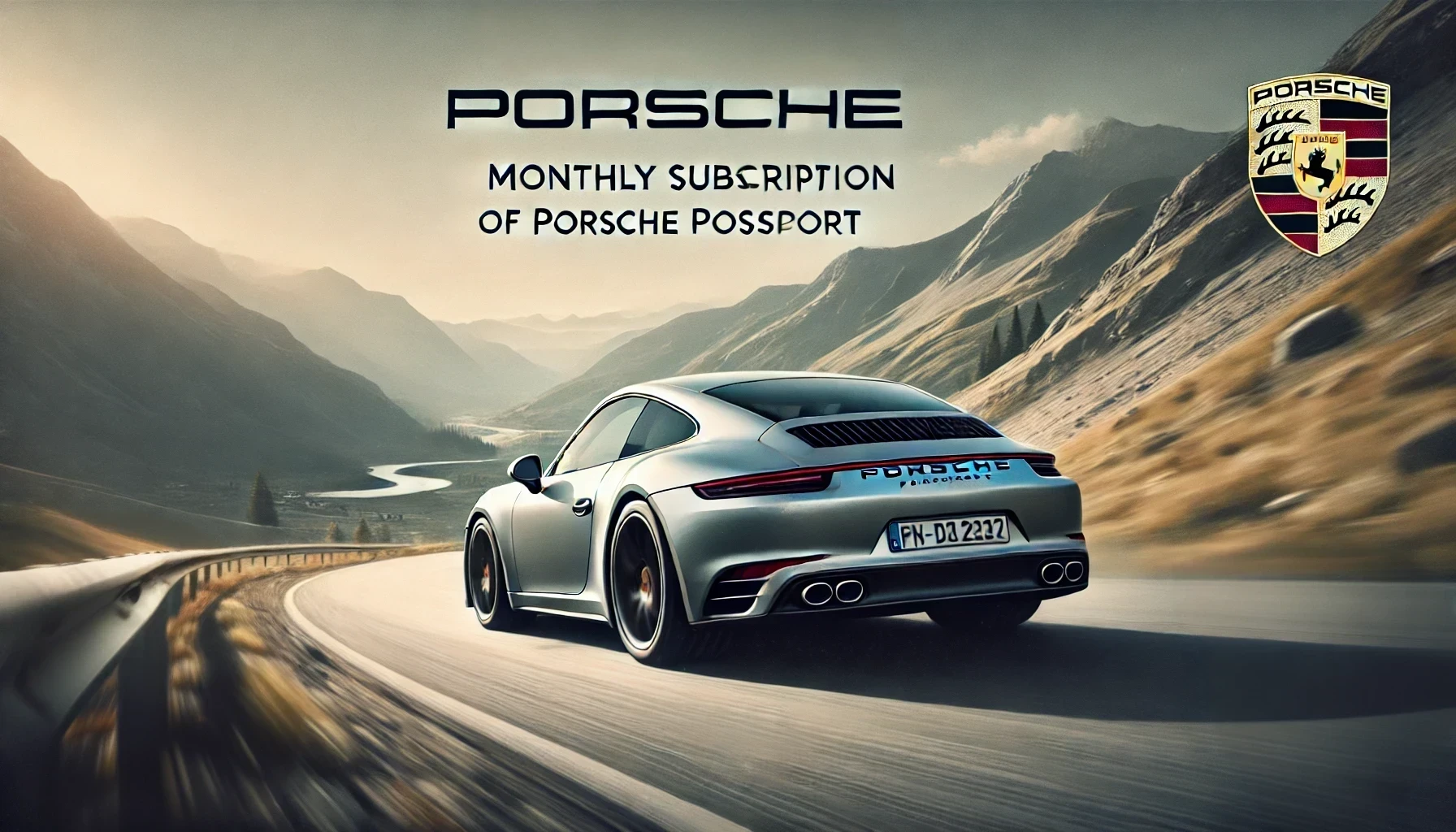

Porsche’s Passport Revolution
In 2017 Porsche America launched the Porsche Passport Program. Available only in the USA and Canada and by invitation only, selected individuals could participate for a one-time payment of $3500 and $595/mo. Passport members have access to seven different Porsche brands (19 models in total) to drive anytime they wish. Each car is delivered to the member’s driveway, insured and fully fueled. Want to switch it up and try out a Porsche SUV? Just give Porsche three days notice and the new vehicle will be parked in your driveway ready to roll. Your only cost is fuel.
With this program, Porsche introduced a radically new business model. To execute the strategy, Porsche needed to inventory vehicles ready for members who wanted to switch. It was a risky move for a company as successful as Porsche which begs the question - why would Porsche disrupt their established business model and offer such a program?
Porsche America sales were already strong with many models already on backlog. Selling more Porsche vehicles wasn’t the objective. Selling Porsche cars to the “right” customers was. Here’s why…
Porsche America determined that the average Porsche purchaser was a high earning 52 year old and that most owners didn’t drive their Porsche as their everyday ride even though these are extremely reliable cars. Most concerning to Porsche was that owners were treating their purchase as a trophy, leaving the car safely tucked in their garage and driving it only on special occasions. Rather than being out on the road advertising the Porsche brand, most were hidden in a garage collecting dust. In short, Porsche owners were not living the sporty lifestyle that the Porsche brand aspired to project.
Porsche needed to attract a customer profile more aligned with their desired image and long term aspirations. To that end a list of high earning individuals living in communities with a Porsche dealership was developed and the lure for participation in the program was to make it ‘invitation only’. The number of subscriptions was capped so vehicle inventory levels needed to support the program didn’t destroy the dealers’ cash flow.
Subscriptions filled up quickly. The average Passport Program member was 37 years old with an average income that was $150K greater than the median income of the average 52 year old Porsche owner. Not only younger and richer, this demographic was clearly comfortable with a subscription based purchase model. Passport members also tended to use their Porsche as their everyday ride meaning the brand was more visible, out on the road being enjoyed by young, successful people.
Introducing a new business model is risky with financial implications that can affect profits, cash flow, inventory levels, etc. For Porsche, the increased requirement for holding more inventory and the fact these fleet cars would be sold as “used” was balanced by the subscription fee and the fact that a new Porshe and a slightly used Porsche sell for almost the same price. Here again Porsche did their homework. Of all the high end sports cars, (think Ferrari, Lamborghini, Maserati, etc.) only the Porsche brand is so highly reliable and has such a faithful following that it’s vehicles actually appreciate over time meaning many used Porsche models sell at a premium to their younger offspring. The Passport Program in effect provides a long-term test drive for potential owners who want to determine if a Porsche (and which model) best fits their lifestyle. It allows customers to get comfortable before committing, easing them into a sale. While Passport Program participants sign up for a three-year program with the option to purchase the Porsche of their choice at any time, the average participant exercises that option within six months.
Interestingly, the program also locks out would be copycat competitors who can’t afford to carry the inventory for a similar strategy because unlike Porsche the re-sale value of their used cars is so much lower after one year.
What can we learn from Porsche’s Passport Program:
1. Selling more isn’t always the goal; sometimes it’s about building the brand for the future: A luxury brand in the hands of the wrong customer can damage the brand. Porsche America needed to find customers who’d project their sporty and successful image.
2. “If it ain’t broke don’t fix it” does not apply to strategy: Porsche America was very successful, but a review of the strategy revealed troubling trends that would potentially damage the Porsche brand in the long term.
3. Any new business model needs to be thoroughly vetted: Take the obvious conclusions and dig deeper into all the ramifications and possibilities which Porsche America did so well.
4.Cash flow vs Profit: Ensure you crunch the numbers. Inventorying a fleet of cars ties up cash. A new business model must make financial sense both from a profit and cash flow point of view.
Porsche Passport participants embody Porsche’s image in full view of the public, further building the brand. The Porsche Passport program is unique, differentiates the brand, is difficult to copy and delivers results. Does your strategy do that?

 沪公网安备 31011502013770号
沪公网安备 31011502013770号